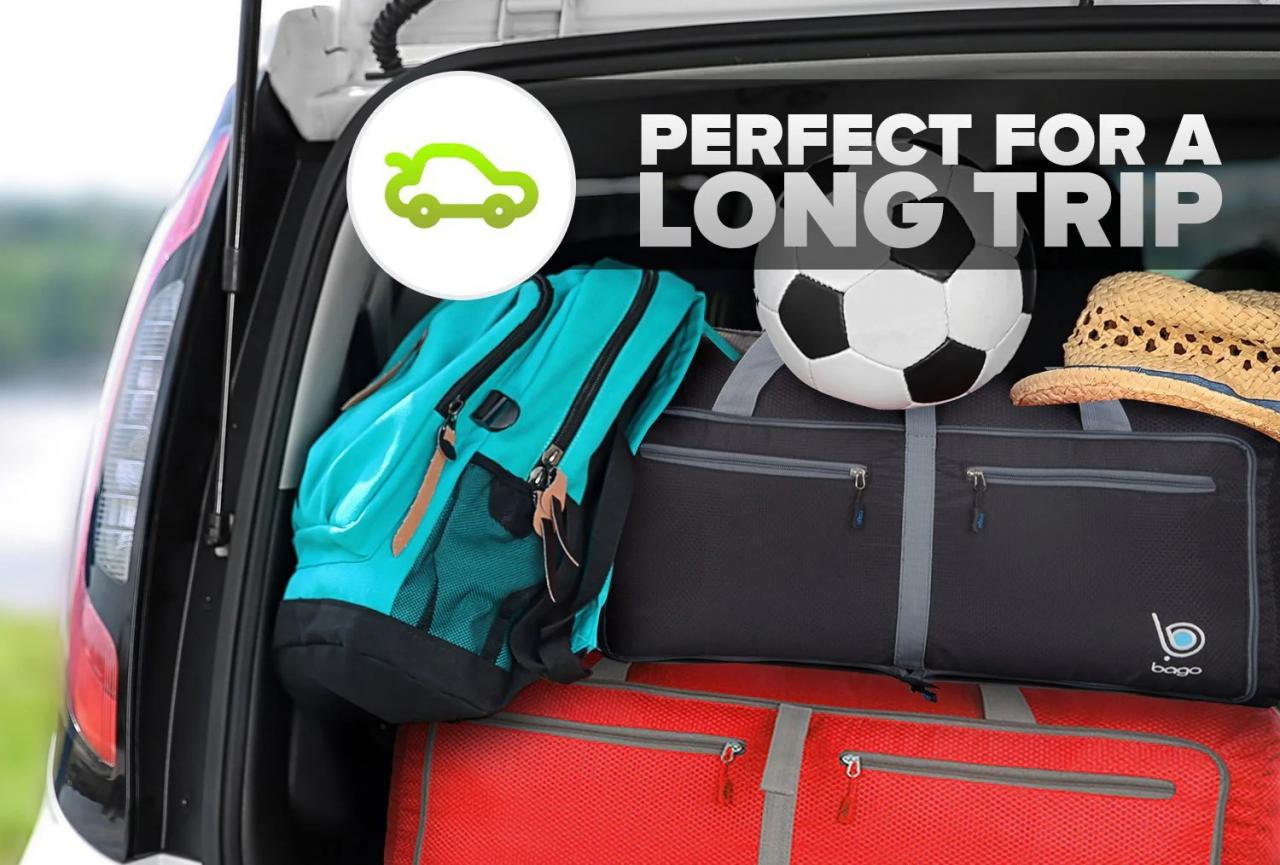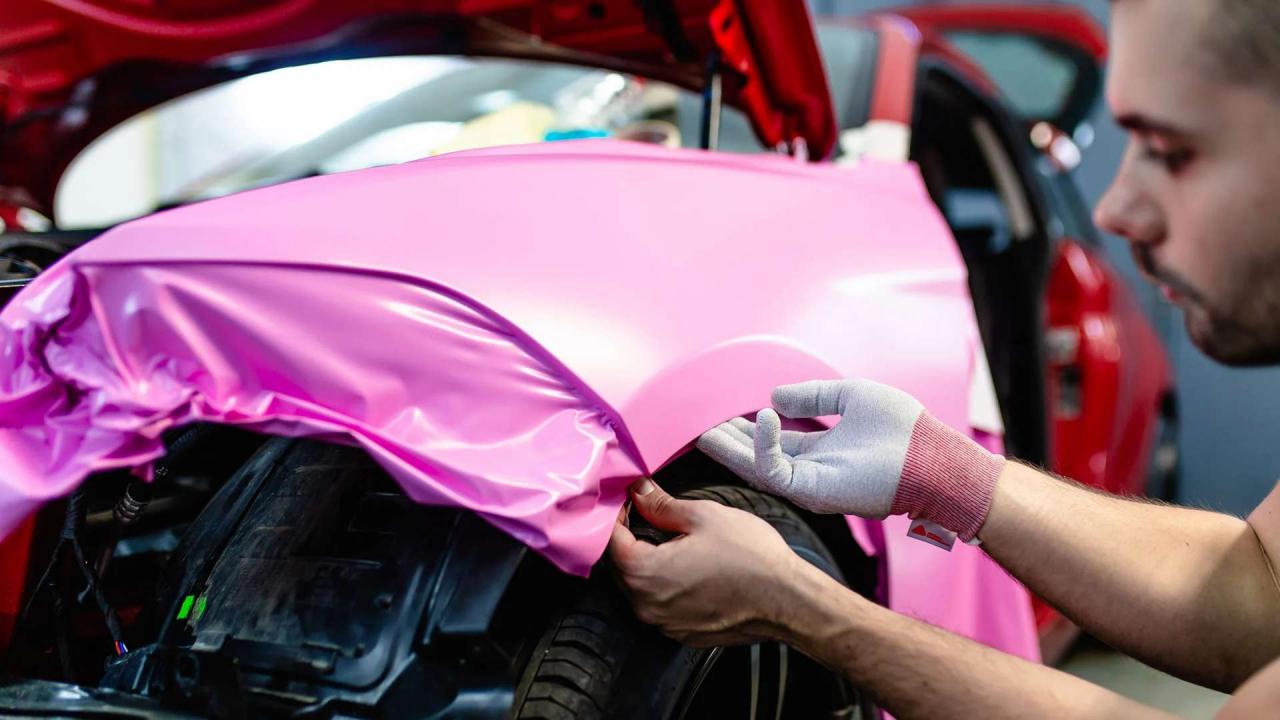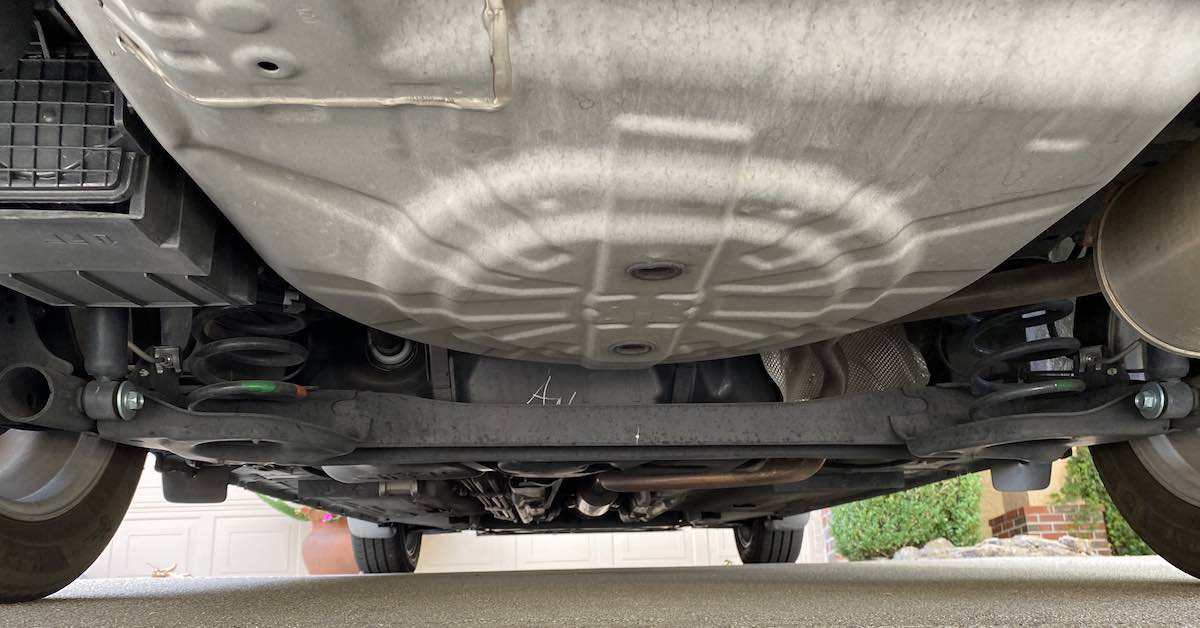
How much paint do you need to paint a car – Embark on a comprehensive journey into the realm of automotive painting, where we uncover the intricate details of paint types, coverage rates, and the myriad factors that influence the amount of paint required to transform your vehicle’s exterior. From understanding the impact of car size and surface area to navigating the intricacies of coats and layers, this exploration delves into the secrets of achieving a flawless finish while optimizing paint usage.
As we unravel the mysteries of paint additives and modifiers, you’ll gain invaluable insights into their role in enhancing paint performance and coverage. Along the way, practical strategies for minimizing paint loss and wastage will empower you to make informed decisions, ensuring that your car painting project is both efficient and cost-effective.
Paint Types and Coverage
The type of paint used for a car significantly influences the coverage it provides. Here’s a breakdown of the common paint types and their respective coverage rates:
- Lacquer-based paint:This traditional paint type offers a glossy finish and is relatively easy to apply. However, it has a lower coverage rate compared to other options, typically requiring multiple coats for optimal results.
- Acrylic-based paint:Acrylic paints are water-based and offer a wider range of colors and finishes. They have a higher coverage rate than lacquer-based paints, making them a more economical choice for large surfaces.
- Urethane-based paint:Urethane paints are known for their durability and resistance to fading and chipping. They provide excellent coverage and a professional-looking finish, making them a popular choice for high-end car paint jobs.
Factors Influencing Paint Coverage
Beyond the type of paint, several other factors can affect paint coverage, including:
- Color:Darker colors generally require more coats to achieve the desired opacity, while lighter colors may require fewer.
- Finish:Glossy finishes tend to have a lower coverage rate than matte or satin finishes, as they reflect more light.
- Application method:Spray painting typically provides a more even and consistent coverage compared to brushing or rolling.
Car Size and Surface Area
Estimating the surface area of a car is crucial for determining the amount of paint required. Different car models and sizes have varying surface areas, which directly impact the paint quantity needed.
While wrapping a car in matte black can enhance its appearance, it’s important to consider the costs involved. To get an accurate estimate, refer to how much to wrap a car matte black for more details.
The design and body shape of a car also play a significant role in paint quantity. Cars with complex curves and angles require more paint compared to those with simpler designs.
Surface Area Calculation
Calculating the surface area of a car involves measuring its length, width, and height. For most cars, the surface area can be approximated using the following formula:
Surface Area = 2 × (Length × Width) + 2 × (Length × Height) + 2 × (Width × Height)
This formula provides a reasonable estimate of the surface area, but it’s important to note that it doesn’t account for complex curves and angles. For more accurate results, using a 3D scanning tool or consulting with a professional paint estimator is recommended.
Impact of Car Design and Body Shape
The design and body shape of a car can significantly affect the amount of paint required. Cars with complex curves, sharp angles, and intricate details require more paint than those with simpler designs.
- Curves and Angles:Cars with numerous curves and sharp angles have a larger surface area, which increases the paint requirement.
- Intricate Details:Cars with intricate details, such as spoilers, side skirts, and bumpers, also require more paint due to the increased surface area.
- Flat Surfaces:Cars with large, flat surfaces, such as sedans and coupes, generally require less paint compared to those with complex designs.
Considering the car’s design and body shape is essential when estimating the paint quantity needed to achieve a complete and satisfactory paint job.
Car enthusiasts often seek ways to customize their vehicles, and one popular option is to wrap the car in a matte black finish. The cost of such a wrap can vary depending on the size of the car, the quality of the wrap material, and the complexity of the design.
For a comprehensive guide on car wrapping costs, visit this article . Additionally, if you need assistance with releasing a car seat from its base, you can refer to this resource for detailed instructions.
Coats and Layers
Car painting typically involves multiple layers of different types of paint to achieve the desired finish and protection. These layers include primer, base coat, and clear coat.
Primer
Primer is the first layer applied to the car’s surface. It provides a smooth, even base for the subsequent layers of paint and helps to prevent rust and corrosion. Primer also enhances the adhesion of the paint to the car’s surface.
Base Coat
The base coat is the layer that provides the car with its color. It is applied over the primer and can be solid, metallic, or pearlescent. The number of coats of base coat required depends on the desired finish and the type of paint used.
Clear Coat
The clear coat is the final layer applied to the car’s surface. It provides a glossy finish, protects the paint from UV rays and other environmental factors, and enhances the car’s durability.
The number of coats of each type of paint required depends on the desired finish and the type of paint used. For example, a high-gloss finish may require more coats of clear coat than a matte finish.
Application Techniques
The method of paint application significantly influences the amount of paint required. Common techniques include spraying, rolling, and brushing, each with its own characteristics and paint usage implications.
Spraying, How much paint do you need to paint a car
- Advantages:Provides a smooth, even finish, suitable for large surfaces, and allows for precise control over paint thickness.
- Disadvantages:Requires specialized equipment, generates overspray, and can be time-consuming for small areas.
- Paint Usage:Spraying typically requires less paint compared to rolling or brushing due to its efficient application.
Rolling
- Advantages:Relatively easy to learn, suitable for smaller surfaces, and provides a consistent finish.
- Disadvantages:May leave brush marks or streaks, not suitable for intricate areas, and can be more time-consuming.
- Paint Usage:Rolling generally requires more paint than spraying but less than brushing.
Brushing
- Advantages:Suitable for small areas, intricate details, and touch-ups, and requires minimal equipment.
- Disadvantages:Labor-intensive, can leave visible brush strokes, and is not ideal for large surfaces.
- Paint Usage:Brushing requires the most paint due to its inefficient application method.
Loss and Wastage: How Much Paint Do You Need To Paint A Car
In the process of painting a car, there is always a certain amount of paint that is lost or wasted due to various factors. These factors include overspray, drips, and spillage. Overspray occurs when the paint is applied to the car and some of it misses the target area and ends up on the surrounding surfaces.
Drips occur when the paint is applied too heavily and it runs down the surface of the car. Spillage occurs when the paint is accidentally knocked over or spilled.
The amount of paint that is lost or wasted can vary depending on a number of factors, including the type of paint being used, the size of the car, and the application technique. However, it is generally estimated that between 10% and 20% of the paint that is purchased will be lost or wasted during the application process.
Car seat safety is paramount, and knowing how to release it from its base is crucial in emergencies. For a step-by-step guide, visit how to release car seat from base .
Strategies to Minimize Paint Wastage
There are a number of strategies that can be used to minimize paint wastage and optimize usage. These strategies include:
- Using a high-quality paint that has good coverage. This will help to reduce the amount of paint that is needed to achieve the desired finish.
- Applying the paint in thin, even coats. This will help to prevent drips and runs.
- Using a spray gun with the correct nozzle size. This will help to minimize overspray.
- Masking off the areas of the car that are not being painted. This will help to prevent overspray from getting on the surrounding surfaces.
- Using a paint roller or brush to apply the paint to small areas or detailed areas. This will help to prevent drips and runs.
- Cleaning the paint gun or brush thoroughly after each use. This will help to prevent paint from drying in the gun or brush and causing drips or runs.
Paint Additives and Modifiers
Paint additives are substances that are added to paint to modify its properties. These additives can be used to improve the paint’s flow and leveling, to increase its durability, or to change its color or texture.
Some of the most common paint additives include:
- Thinners: Thinners are used to reduce the viscosity of paint, making it easier to apply. This can be useful for painting large surfaces or for painting in cold weather.
- Hardeners: Hardeners are used to increase the durability of paint. They can be used to make paint more resistant to chipping, scratching, and fading.
- Accelerators: Accelerators are used to speed up the drying time of paint. This can be useful for painting in humid weather or for painting projects that need to be completed quickly.
The type and amount of paint additives that you use will depend on the specific paint that you are using and the desired results. It is important to read the manufacturer’s instructions carefully before adding any additives to paint.
Concluding Remarks
In the realm of automotive aesthetics, the art of painting holds immense significance, and understanding the intricacies of paint quantity is paramount to achieving a stunning and durable finish. This exploration has equipped you with the knowledge to confidently determine the precise amount of paint required for your car, empowering you to embark on your painting project with precision and efficiency.
Q&A
What factors influence the amount of paint needed for a car?
The size of the car, the type of paint used, the number of coats applied, and the application method all impact the amount of paint required.
How can I minimize paint loss and wastage?
Using the correct application technique, avoiding overspray, and storing paint properly can help minimize paint loss and wastage.
What is the role of paint additives and modifiers?
Paint additives and modifiers can enhance paint performance, improve coverage, and accelerate drying time.


